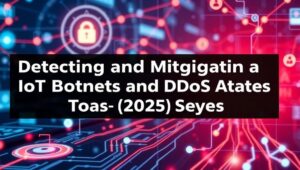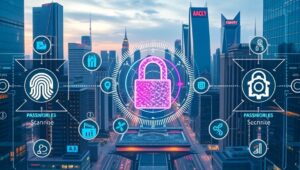May 26, 2025
Blockchain for Secure IoT Data Management and Transactions (2027 Use Cases)
Blockchain for Secure IoT Data Management and Transactions (2027 Use Cases) The Internet of Things (IoT) is rapidly expanding, connecting billions of devices and generating vast amounts of data. Securing this data and ensuring the integrity of transactions within IoT ecosystems are paramount. Blockchain technology offers a promising solution to address these challenges. This post explores how blockchain can be leveraged for secure IoT data management and transactions, with a focus on practical use cases expected to be prominent by 2027. Understanding the Convergence of Blockchain and IoT Blockchain, a distributed, immutable ledger, provides a transparent and secure way to












